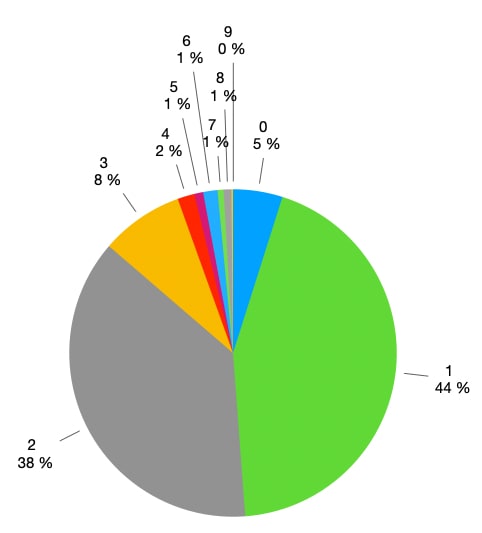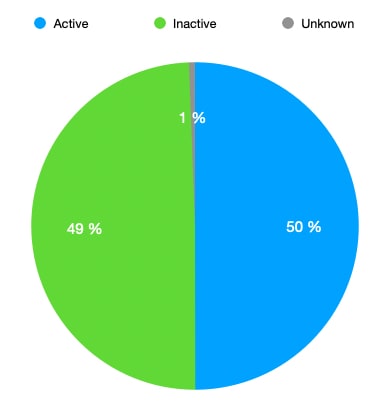I have often wondered whether a subscription model could be an option for me. I was always skeptical because I’m not really a fan of subscription models myself. But as a developer, I also see that especially for products that don’t sell that often, there can be an advantage. An analysis.
As a reminder, articles like this one in the category “Plugin Journey” come about because of an advice I read in the book “Traffic Secrets” by Russell Brunson. From this came the idea to double my traffic within the next 6 months. Three months are almost over, but there is still no sign of doubling. Nevertheless, I’m thrilled about the ideas that permanent blogging has brought up. Even if my goal still seems to be a long way off, I can already recommend it to everyone without hesitation.
Subscription model only in the SaaS network
As I stated in the last blog post, leaving CodeCanyon/Envato does not make sense for me at the moment. But a perhaps completely new product does: a SaaS (Software as a Service) model for structured data. One of my competitors is doing this. I do not know whether he is successful with it. But since he has been in the market for years, I think it could work for me as well.
Last time I had the idea to check how many of the current users have used SNIP for a longer period of time. I can’t really tell, of course. I only know when a buyer has bought and whether the plugin is currently still in use.
Script for analysis written by myself
So I wrote myself a small PHP script which crawls the buyer websites. Based on the purchase code I can determine via the Envato API when it was purchased. I can track if the plugin is installed via the REST API.
However, the REST API is often disabled. From currently 3800 buyers I could crawl just under 1800 until the Envato API then locked me out (due to too many requests).
Ultimately, I could then extrapolate the numbers. Let’s see what the result will be.
Active buyers
Out of 1800 that I was able to test, 900 were definitely active. So roughly 50%. There were 22 I was not able to test because there was a 500 error. Probably because the REST API was disabled. In total, just under 200 tests returned an HTTP status code > 200. I.e. the website was redirected, no longer exists or returned some other error.
However, I would not have expected that almost half of them are still active. Cool thing! 🥳
Customer loyalty
The main question, however, was how long customers remained loyal to me. I was able to calculate the following:
- 44% stay one year.
- 38% of customers stay 2 years.
- 8% stay 3 years.
- The rest stay longer. But the numbers are very small and therefore not worth mentioning.

Would have, would be, if …
What interested me in the end, of course, is how much I could have earned if all these customers had agreed to the subscription model from the beginning. The answer is: more than 50%.
Anyway. That didn’t happen. That’s why it’s not interesting. I have to look forward, don’t I? 😉
Open questions
Of course, all of this already raises many more questions:
- Would customers have bought at all if it had been a subscription model?
- What are “active” installations, anyway? After all, we know that many of the websites often no longer receive updates, are not maintained and so on. But since I don’t have any further data due to data sparsity, I don’t have an accurate estimation on this.
And now?
In the end, one does not know how to evaluate the open questions. Selling the plugin as a subscription model can be the absolute killer argument for many customers, for example. Ultimately, since that’s often how it is for me, I don’t think I’d be successful with it.
I still think the idea of a SaaS model is great. Even if the numbers could be a bit higher. After all, it would be a completely new project that actually runs quite differently.
I still have to think about how I want to proceed. I haven’t made a decision yet.
